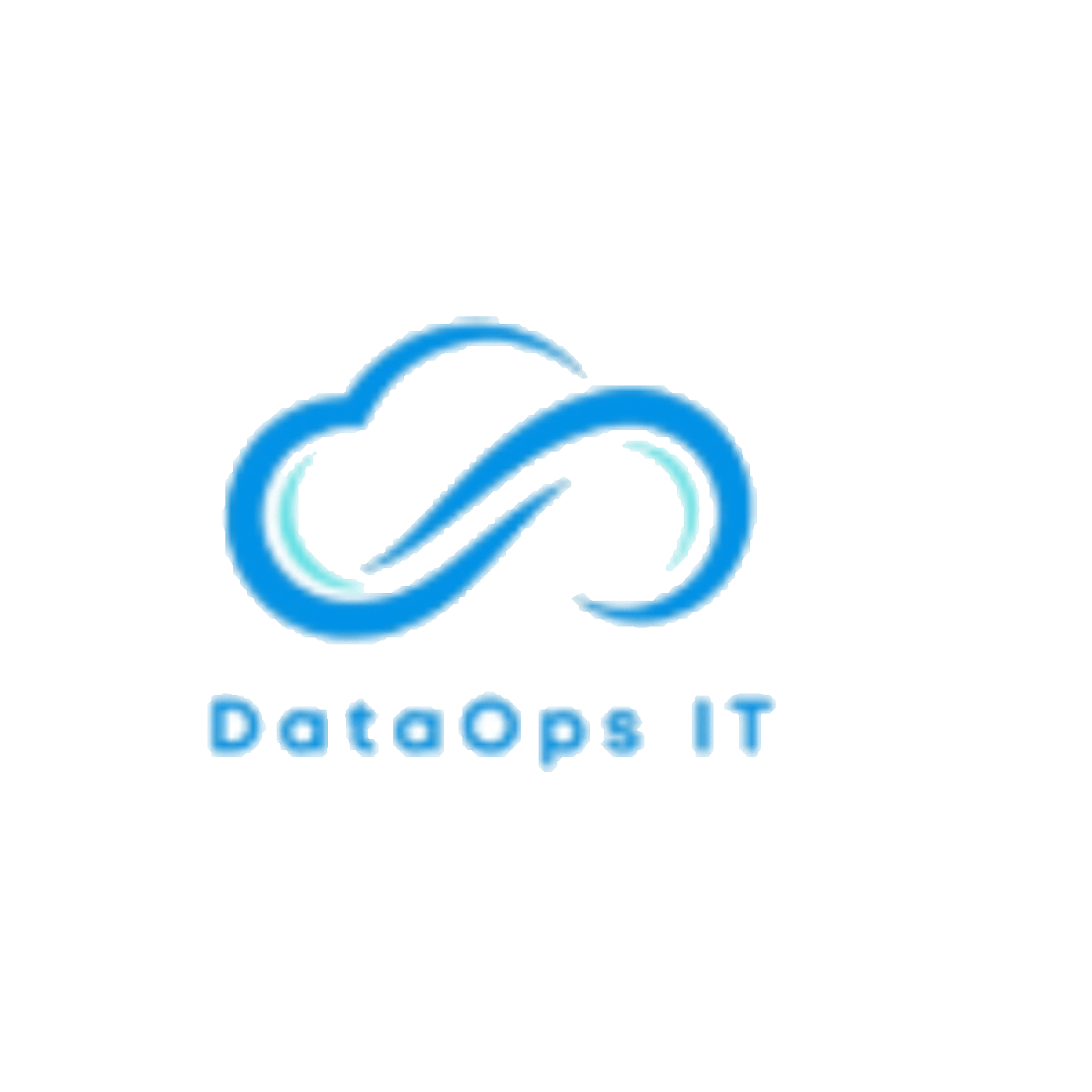AI Protocols & Future Agents – DataOps

If you’re diving into the world of autonomous agents, you’ve probably seen a flurry of new protocols popping up. It’s exciting—but let’s be real, also a bit overwhelming. TAP, OAP, RDF-Agent, AgentOS, TDF, FCP… it sounds like we’re reading a new kind of alphabet soup, right?
But here’s the cool part: each of these protocols is tackling a different, crucial part of the agentic AI stack—communication, memory, task coordination, tool invocation, you name it. So, let’s break them down together, one by one, in plain English. Then, we’ll chat about which of them might just become the superstar in real-world production.
TAP (LangChain) – Tools Made Easy
Imagine you’re building an AI agent that needs to book a meeting, check your calendar, and maybe send an email. TAP (Tool Abstraction Protocol) makes this possible by offering a standardised JSON schema for tool execution. In short? It gives your agent a plug-and-play way to use tools.
Think of it like giving your AI a universal remote. Super handy, right?
OAP (Community) – Let’s All Talk the Same Language
Built with openness in mind, OAP (Open Agent Protocol) is about framework interoperability. So if one agent is running on LangChain and another on AutoGen, they can still talk to each other without confusion.
This is the Esperanto of the agent world—ambitious, but much needed.

RDF-Agent (Semantic Web) – Agents That Really Understand You
RDF-Agent uses SPARQL and linked data so agents can understand the meaning behind information, not just the words. It’s built on the Semantic Web philosophy. If you care about context-aware communication, this protocol is your jam.
This is like teaching your AI not just vocabulary but philosophy and logic.
AgentOS (Proprietary) – Enterprise-Ready Agents
AgentOS offers a full runtime stack. Translation: It’s built for long-lived, enterprise-grade agents. Think of it as the AWS of AI agents—scalable, reliable, and production-hardened (although it’s proprietary).
If you’re a company looking to deploy 1000+ agents in a bank or a logistics chain? This is probably what you’d pick.
TDF (Stanford) – Modular Prompt Planning
TDF (Task Description Format) brings a modular schema for breaking down complex tasks into subtasks. Planning? Coordination? This protocol makes your agent act more like a project manager than a chatbot.
It’s the Trello board for your AI’s brain.
FCP (OpenAI) – Function Calling, Made Legit
This one’s from OpenAI. FCP (Function Calling Protocol) gives agents a standard way to invoke LLM functions—with schema validation! That means your AI won’t break when you throw new functions at it.
If you’re using GPT models and building tools around them, FCP is basically your new best friend.

So, which protocol will win the production game?
Now, here’s the million-dollar question: which of these protocols will see the most real-world use?
FCP is already gaining traction thanks to OpenAI’s wide user base and seamless tool integration. If you’re in the GPT ecosystem, this is the most frictionless way to build smart apps.
TAP is hot among developers using LangChain, which is a popular framework for chaining LLM prompts and tools. Its clean JSON approach makes it dev-friendly.
OAP has community buzz and the promise of open interoperability. If the agent ecosystem wants to scale across platforms, OAP could be the glue that holds it all together.
AgentOS might dominate the enterprise space, where reliability and long-term runtime matter more than open standards.
That said, we might not see one winner—instead, think of it like the internet stack: HTTP, TCP/IP, and DNS—they all coexist. Likewise, these agent protocols could evolve into a layered, cooperative architecture.
Final Thoughts: A Protocol for Every Problem
The beauty of this space is that each protocol solves a different layer of the agentic AI problem—tool usage, task management, semantic understanding, or multi-agent coordination. It’s not about choosing one winner but about understanding which protocol is best for the job you’re trying to get done.
So, next time you’re building or deploying an AI agent, ask yourself:
- What layer am I solving?
- Do I need openness or enterprise-grade tooling?
- Am I coordinating tasks or calling functions?
And from there, the protocol you need will become pretty clear.

